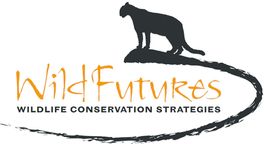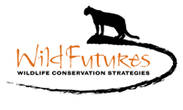WildFutures' Wildlife Webinar Series Archive
Agency Use of Karelian Bear Dogs for Carnivore Conservation and Management
Rich Beausoleil joins us for a fascinating look at the Karelian Bear Dog Program (KBD) in Washington State. Rich’s dogs have been involved in over 500 bear and 150 cougar captures. Information obtained from these animals and their movements have been published in numerous peer-reviewed journals and are also used for finding injured and orphaned wildlife, non-lethally resolving human conflict, locating illegally killed animals, and a nationwide education campaign focused on living with carnivores through prevention. The WA KBD Program has had 7 dog handlers in both the wildlife & enforcement programs
:
About the Presenter: Rich Beausoleil, has been researching carnivores for 21 years. In 2003, he co-founded the Karelian Bear Dog Program (KBD) in Washington and considers the KBD Program one of the highlights of his career.



